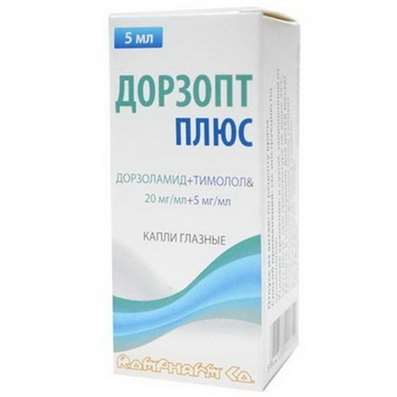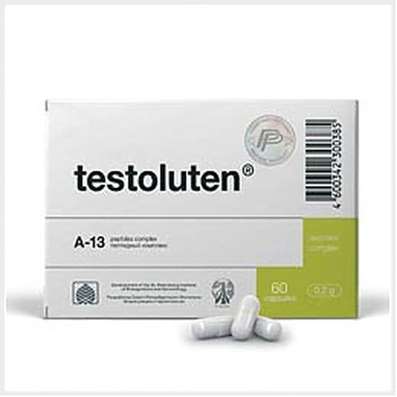Instruction for use: Cipramil
I want this, give me price
Dosage form: coated tablets
Active substance: Citalopram*
ATX
N06AB04 Citalopram
Pharmacological groups:
Antidepressant
The nosological classification (ICD-10)
F32 Depressive episode: Adynamic subdepression; Astheno-adynamic subdepressive states; Asthenoadressive disorder; Astheno-depressive disorder; Asthenodepressive state; Astheno-depressive state; Major Depressive Disorder; Vyaloapatichesky depression with retardation; Double Depression; Depressive pseudodement; Depressive illness; Depressive mood disorder; Depressive disorder; Depressive mood disorder; Depressive state; Depressive disorders; Depressive syndrome; Depressive syndrome larviated; Depressive syndrome in psychoses; Depressed masks; Depression; Depression Depletion; Depression with the phenomena of inhibition within the framework of cyclothymia; Depression is smiling; Involutional depression; Involutionary melancholy; Involutional depression; Manic-depressive disorder; Masked Depression; Melancholic Attack; Neurotic depression; Neurotic depression; Shallow Depression; Organic depression; Organic depressive syndrome; Simple depression; Simple melancholic syndrome; Psychogenic depression; Reactive depression; Reactive depression with moderate psychopathological symptoms; Reactive depressive states; Reactive depression; Recurrent depression; Seasonal depressive syndrome; Severostatic depression; Senile Depression; Symptomatic Depression; Somatogenic depression; Cyclotymic depression; Exogenous depression; Endogenous depression; Endogenous Depressive Conditions; Endogenous Depression; Endogenous depressive syndrome
Composition and release form
1 tablet contains citalopram hydrobromide 20 or 40 mg; in the packaging of a contour cell 14 tablets, in a box (20 mg) 1, 2, 4 packs, (40 mg) 2 packs.
Pharmachologic effect
Pharmacological action - antidepressant.
Selectively inhibits the reuptake of serotonin in the brain.
Indications of the drug Cipramil
Depression of different etiology and structure (in adults).
Contraindications
Hypersensitivity.
Application in pregnancy and lactation
Contraindicated. Nursing mothers should stop breastfeeding.
Side effects
Dry mouth, nausea, drowsiness, increased sweating, tremors, convulsive seizures, bradycardia.
Interaction
Compatible with preparations of lithium, alcohol, benzodiazepines, neuroleptics, analgesics, antihistamines, antihypertensive, incl. beta-adrenoblockers and other cardiotropic drugs (pharmacodynamics); with phenothiazines, tricyclic antidepressants (according to pharmacokinetics). Strengthens the effects of sumatriptan and other serotonergic drugs; Cimetidine increases the equilibrium concentration in the blood. With simultaneous use with MAO inhibitors, a hypertensive crisis (serotonin syndrome) is possible.
Dosing and Administration
Inside, at any time of the day, regardless of food intake, 1 time / day. The initial dose is 20 mg / day; depending on the individual reaction of the patient and the severity of the disease, the dose can be increased to a maximum of 60 mg / day. In the elderly, the recommended daily dose is 20 mg, if necessary, can be increased to a maximum of 40 mg / day. With liver failure, the use of minimal doses is recommended.
Precautionary measures
With care appoint persons, by type of activity associated with the mechanisms or management of moving funds. Do not use in combination with MAO inhibitors or within 14 days after discontinuation of their intake. When developing the manic state in the case of phase inversion, it is necessary to cancel the reception.
Storage conditions for Cipramil
At temperatures below 30 ° C.
Keep out of the reach of children.
Shelf life of Cipramil
5 years.
Do not use after the expiry date printed on the package.

 Cart
Cart





